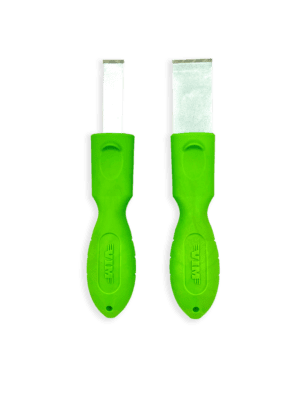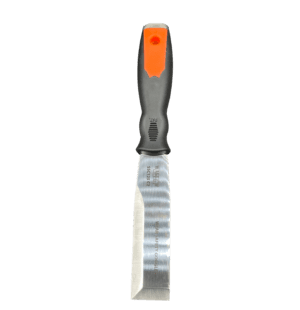- 6803 Parke East Blvd. Tampa, FL. 33610
- 800.728.4942
- 813-231-6305
Showing 1–16 of 23 resultsSorted by price: high to low

Striking Scraper Set, Dual Bevel, Stainless 3pc set

Carbide scraper, 2 pc set

Out of stock
SS Bolstered Scraper Set, SS700, SS700B & SS702

3 pc. Set, Flex.S/Steel Putty Knives, SS705,SS706,SS707

EMBLEM & WHEEL WEIGHT REMOVAL TOOL

Decal Scraper With Quick Change Blades

Stainless Striking Scraper, 1.50″ wide dual bevel

Out of stock
Stainless Striking Scraper, 1.250″ wide dual bevel

Stainless Striking Scraper, .75″ wide dual bevel

1 1/4″ HD Carbide Scraper

2 PC. NON-MARRING SCRAPER SET

Carbon scraper, flexible wire scraper

SS Scraper , 2″ stiff straight blade, polished

3″ Flex. S/Steel Putty Knife,tapered polished blade

SS Scraper, 1.3″ stiff bent blade, polished

SS Bolstered Scraper Set, 1.3″ stiff straight blade, polished